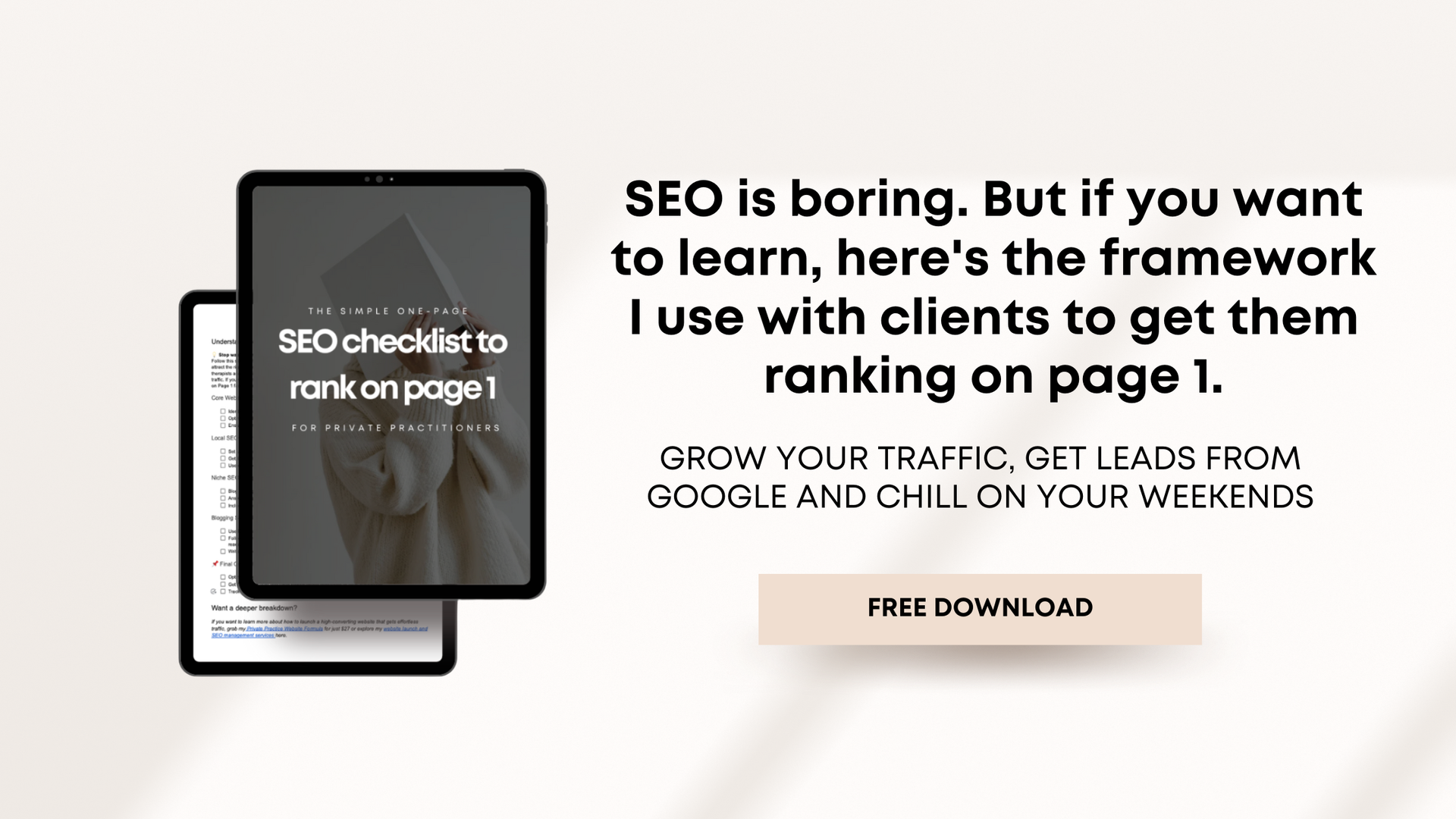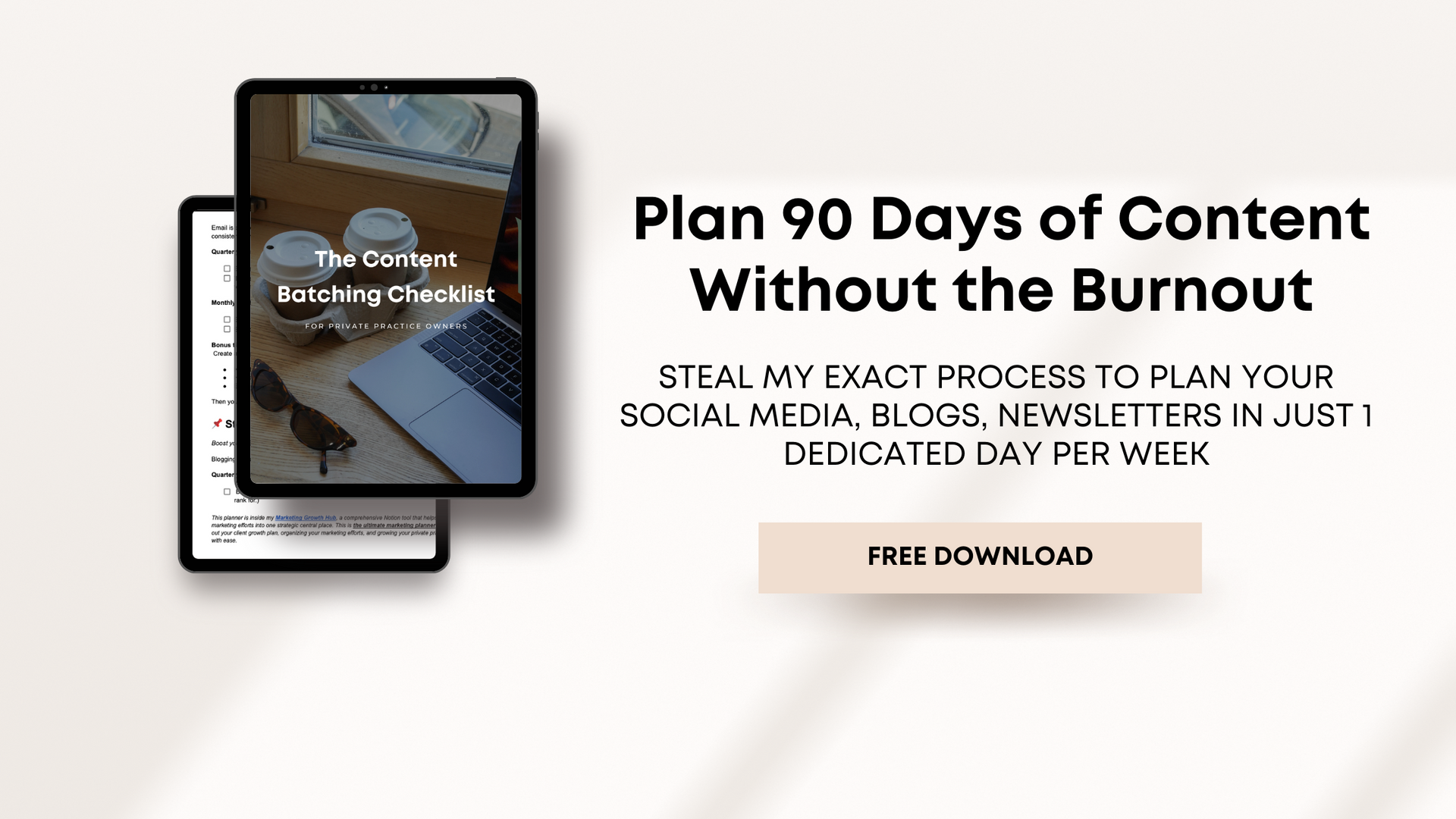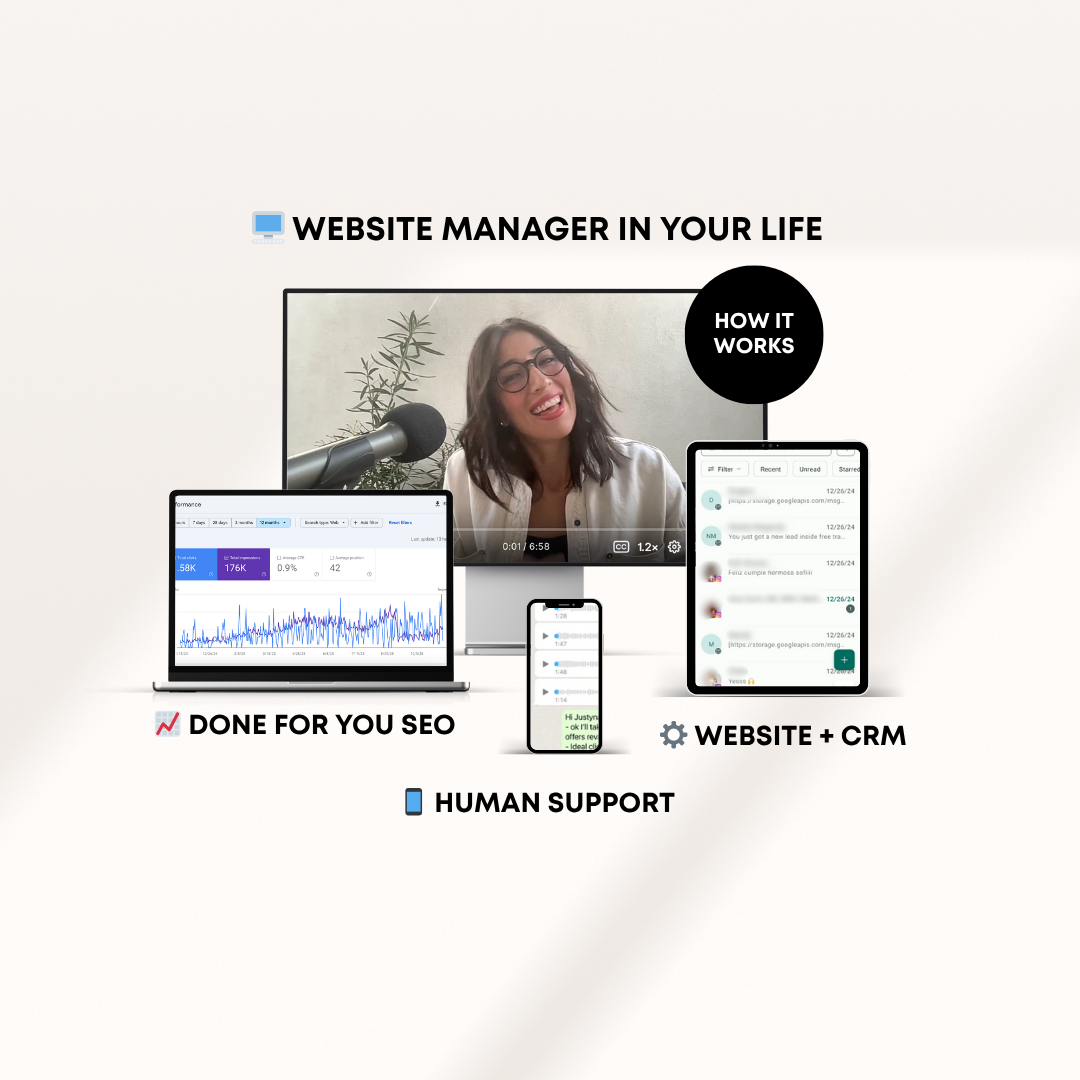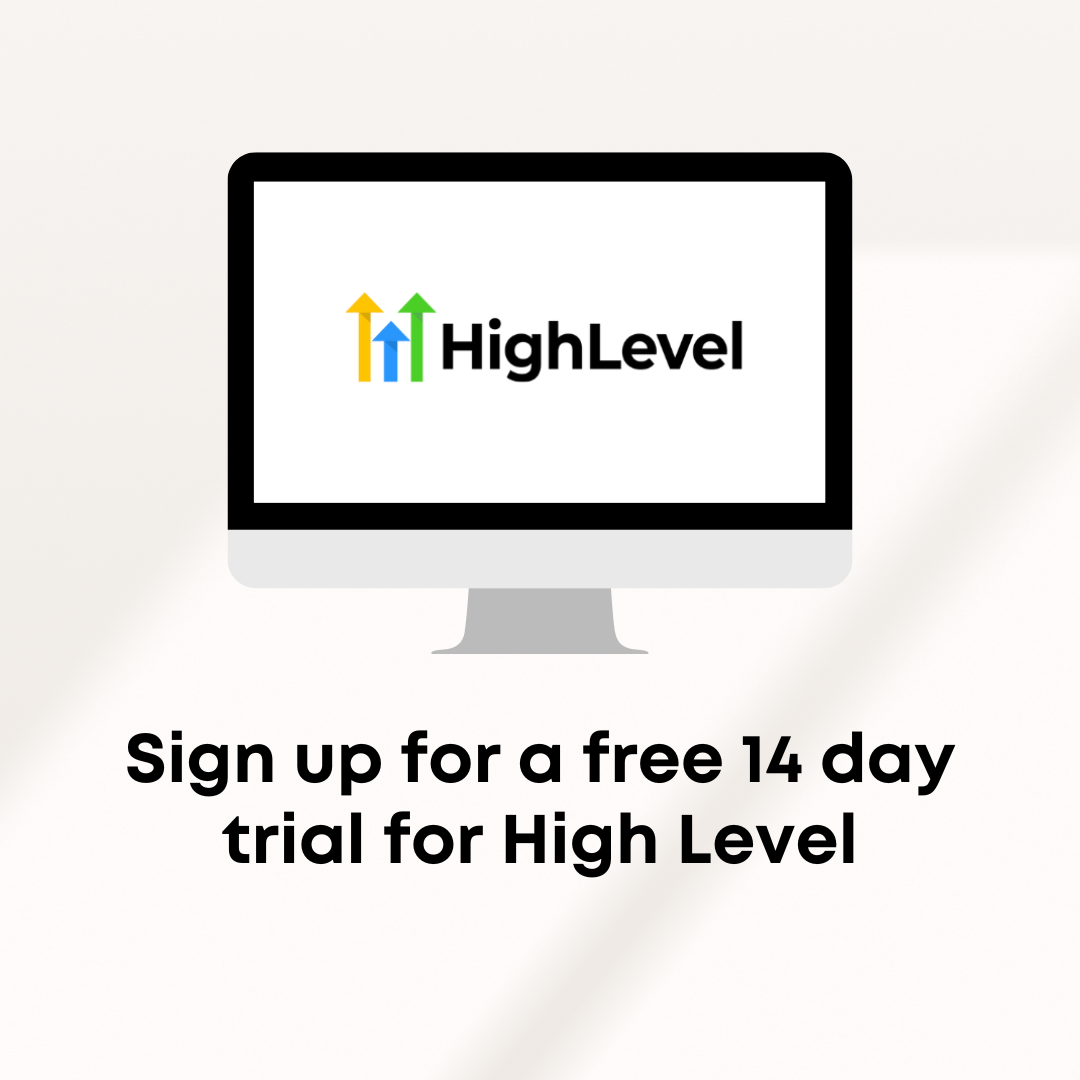Top 5 best content planning tools for coaches and solopreneurs in 2024
Are you ready to simplify your content planning? Let’s face it we’re always busy and if content creation is taking up more thank 80% of your valuable time as an online service provider, you are in the right place!
Welcome! If we haven't had the pleasure of meeting yet, I'm Natalia, the founder of Green Studio Marketing. My mission is to help conscious and purpose-driven service providers like you stand out, gain visibility, and simplify their marketing efforts through effective web design and strategic content. In this blog post, we'll explore the main pain points of content planning and provide recommendations for the best content planning tools to streamline your social media marketing efforts.
One common challenge faced by a LOT of people is maintaining consistency with their social media posts. You may find yourself struggling to keep up with regular content creation due to other commitments or a lack of time. And I totally get that! As freelancers, solopreneurs or online business owners with a small team we only have so many hours in the day to wear all the hats in our business, am I right?
However, with the right content planning tools in place, you can save HOURS and hours of wasted time on planning content, and ensure a consistent presence on social media. So how do we achieve that? I am so glad you asked…
How to plan a STRATEGIC content calendar
Without a well-organized plan, it's easy to feel overwhelmed and unsure about what to post next. A strategic content calendar helps you stay organized, ensures that your messaging aligns with your goals, and enables you to deliver valuable content consistently. A strategic content calendar should have:
- Annual content goals
- Quarterly content goals
- Monthly content goals
- And finally weekly and daily content posts
This is important because if you don’t visualize your content strategy this way, you can spend months posting random content that doesn’t align with your overall sales goals. So even though formalizing your content strategy in this way may sound lame or too nerdy �55358;�56595;, believe me it’s 100% worth the effort because when you have clarity in this, then you know exactly what types of hooks to produce or what type of blogs or newsletters will need to go out for your marketing and sales goals.
However, it may be tricky to pick the right tool to organize all these things from your head into a system, because using a spreadsheet is not a sustainable way to plan daily IG content, or using a yearly calendar can be sort of awkward or unpracctical for the daily posting part. If you go straight to planning your content on a shceduling app without these strategic steps, or a place to brain dump then, that’s when everything can start to get messy and overwhelming.
Thats why I’m going to share with you some tips on how I like to structure my choice of tools, and combine the use of more than one tool to ensure that I have all I need to plan my content in a simple and sustainable way.
How to organize content in a simple and sustainable way:
With a content planning tool, you can organize your content in a systematic and sustainable manner. Here’s what I like to do:
- I have a Google Spreadsheet where I braindump my annual content goals and I use Trello for my business goals
- I have a Google Doc for braindumping my monthly hook ideas
- Then use Notion for translating my annual content plan and monthly hook ideas into monthly posts and I write all my final captions inside Notion.
- Lastly I directly schedule my content on a weekly basis (because I don’t delegate this right now) but if I could, I would 100% send off my Notion plan to a VA to get one month of content batched & scheduled on the right tool
What to consider when choosing a content planning tool
Identifying key factors to consider such as ease of use, collaboration features, and integrations:
When selecting the right content planning tool for your needs, there are several factors to consider. First and foremost, the tool should be user-friendly and intuitive, allowing you to navigate its features effortlessly. Additionally, look for tools that offer collaboration features so you can work with team members. Integration capabilities with other platforms such as Canva or Google Drive are also valuable for streamlining your workflow.
As your business grows, your content planning needs may evolve. Therefore, it's crucial to choose a tool that is scalable and flexible enough to accommodate future changes. Look for options that allow you to expand your social media presence across multiple platforms without sacrificing usability.
My hand-picked top 5 best content planning tools for service providers to simplify your marketing efforts
1. Notion: A versatile all-in-one workspace for content planning
Notion
is my favorite app for planning strategic content, because it is not a scheduling tool, but it allows you to customize your content database to all the things you need to link to, or view in one simple and aesthetic place. It offers database management features that allow you to create custom templates for different types of content. The best part is that it is a free app that you can have on your computer, phone or tablet and access everything you need when you’re on the go. Apart from content planning, my entire business lives on Notion and I can’t tell you how many newsletters or captions I’ve written when I’m playing in the park with my baby or on the highway.
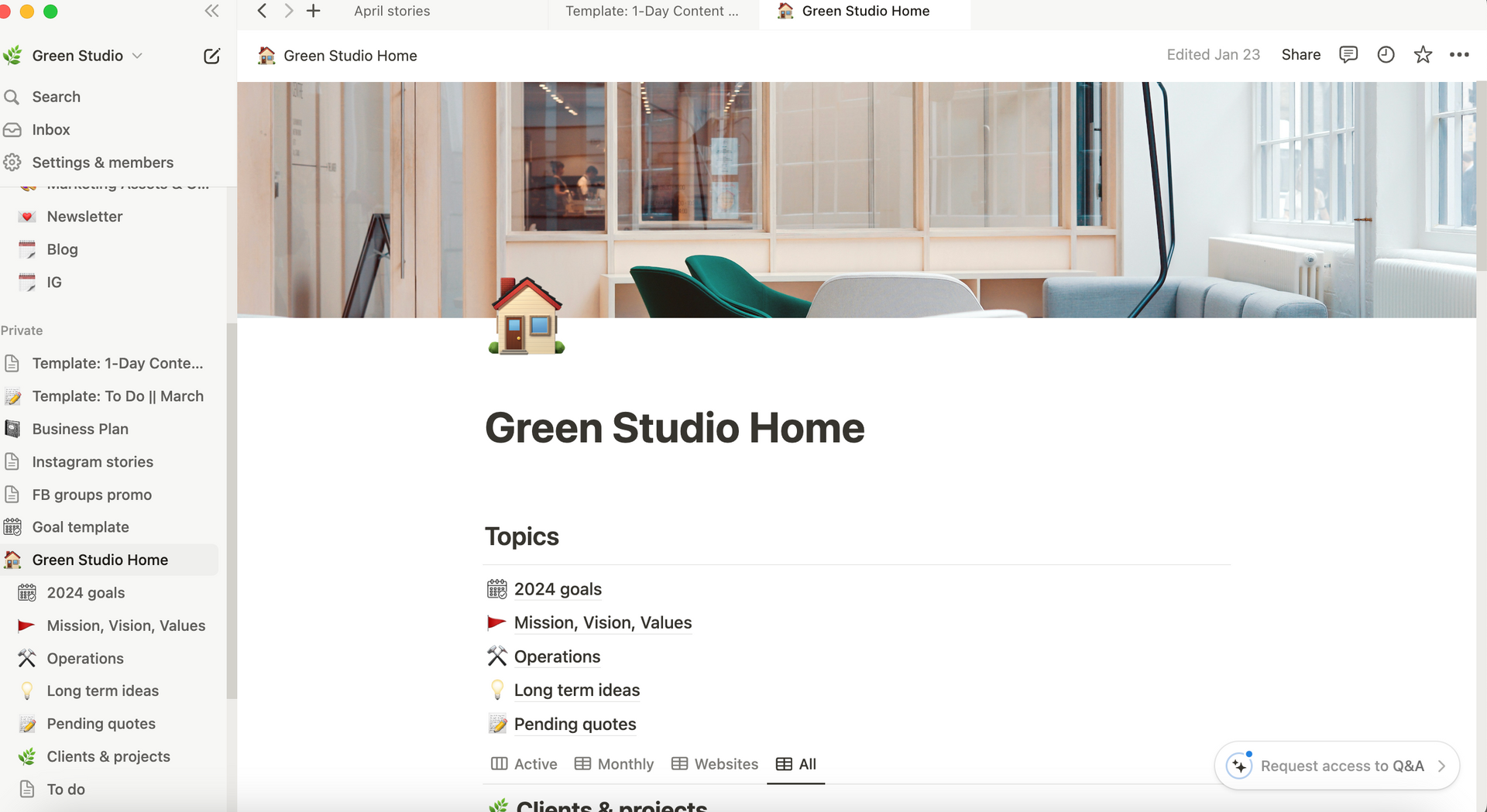
2. Trello: An intuitive project management tool for content organization
Trello's
visual interface and card-based system make it a popular choice for organizing social media content. You can create boards for different campaigns or platforms and easily drag and drop cards to plan your posts. Its collaboration features, such as assigning tasks and adding comments, make it ideal for team-based content planning. I use trello for setting strategic goals and even though with Notion you can also use a card view, I love Trello’s feature of being able to tick off tasks from a quarterly plan.

3. Later: A scheduling platform designed specifically for social media content
Later
is a dedicated scheduling platform that simplifies the process of planning and posting on social media. It offers Instagram-focused features like hashtag suggestions, a visual planner, and even a linkin.bio feature to drive traffic to your website. With Later, you can schedule posts in advance, ensuring consistent engagement with your audience.
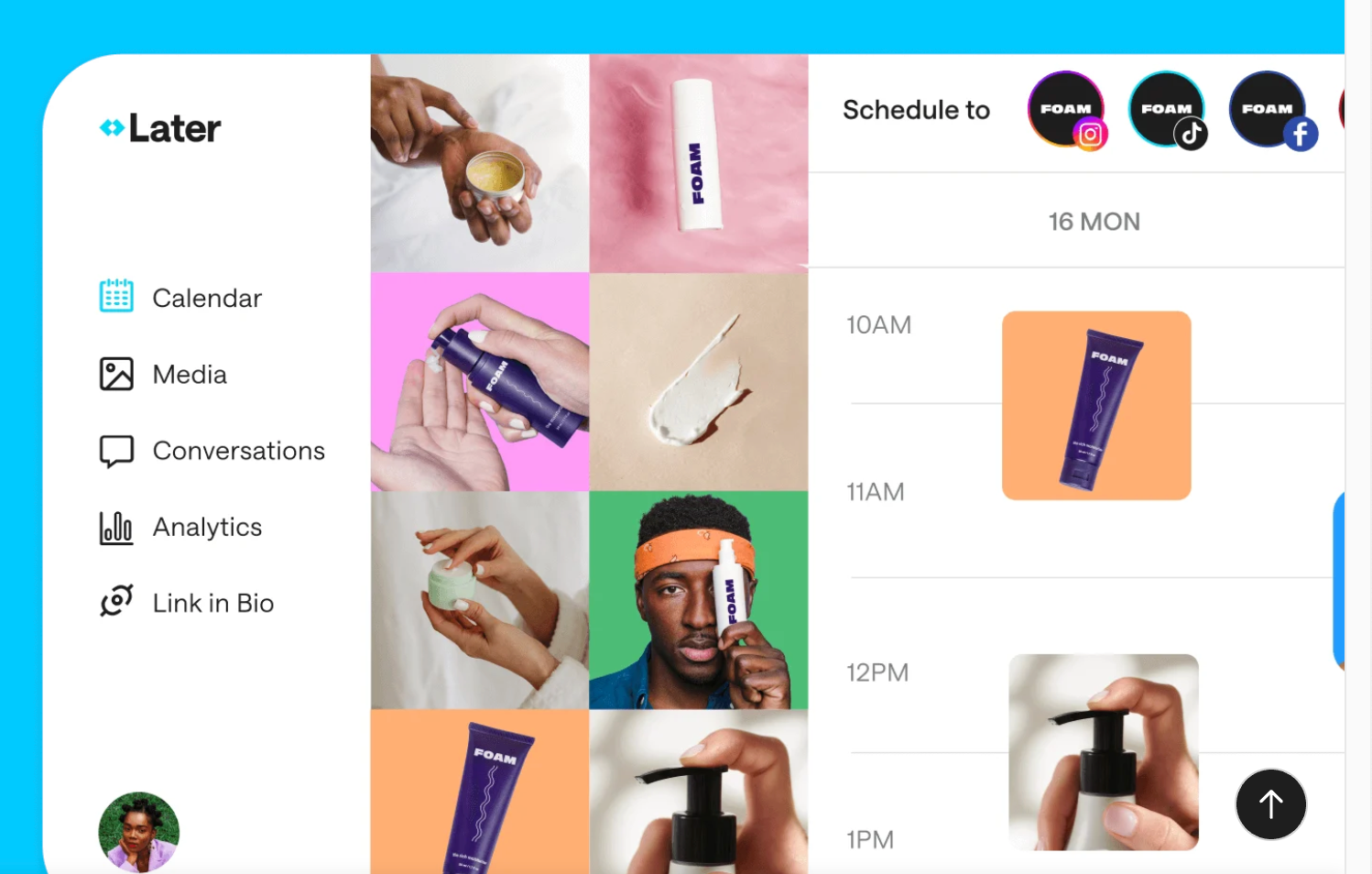
4. Planoly: An Instagram-centric tool for visually planning and scheduling posts
Planoly
specializes in helping service providers streamline their Instagram presence. Its grid preview feature allows you to visualize how your feed will look before posting. You can also manage captions, hashtags, and even track analytics within the platform.
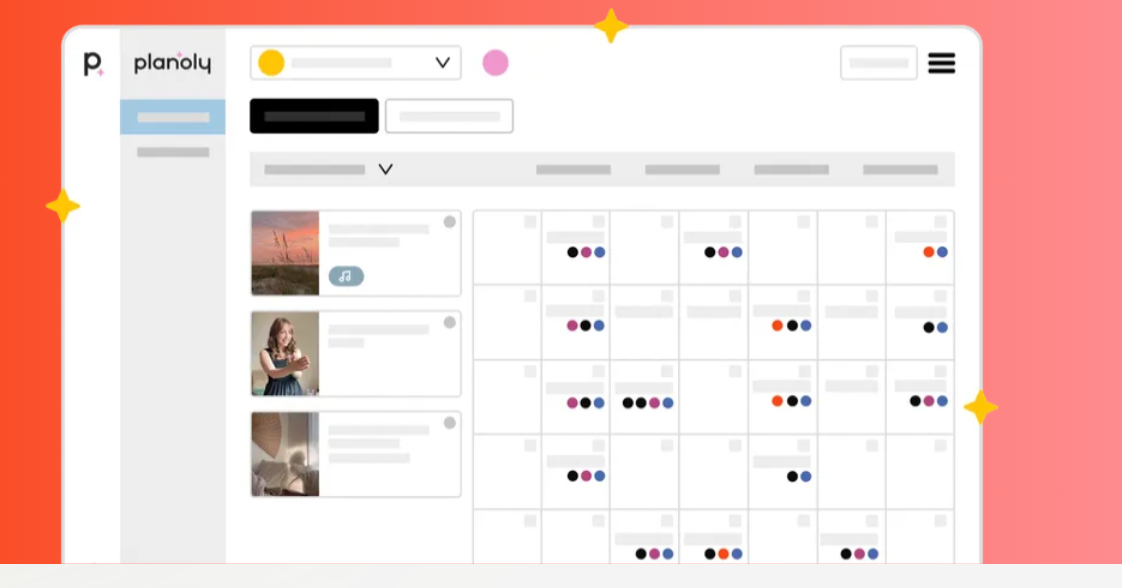
5. Tailwind: A comprehensive Pinterest and Instagram scheduler with advanced analytics
Tailwind
(affiliate link) is an all-in-one scheduler that caters to both Pinterest and Instagram users. Its SmartLoop feature allows you to automate pinning on Pinterest, saving you time while maximizing your reach. Tailwind Tribes community provides opportunities for collaboration with like-minded creators, amplifying your content's visibility. Although I would only recommend this tool mostly for advanced Pinterest content strategy, I don’t love their Instagram scheduler but I have used Tailwind for years to automate my whole Pinterest strategy
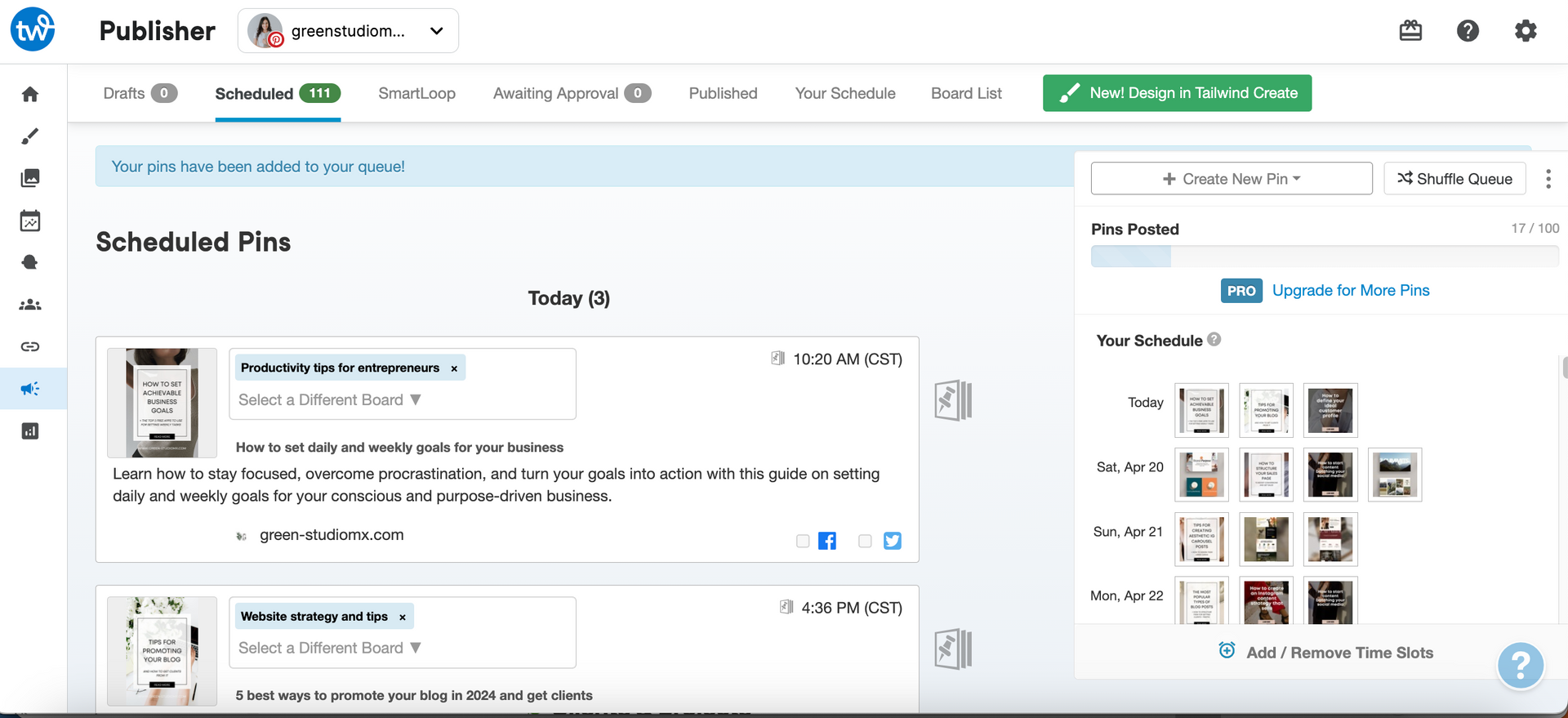
Content planning tools are essential if you want to simplify your social media marketing efforts
By utilizing these tools, you can overcome your inconsistency with posting and not having a clear content calendar.
Don't let content overwhelm you any longer! Simplify your social media strategy and grab my compelling content toolkit today. Together, let's create a meaningful online presence that resonates with your audience and converts content into clients!
Related reads:
- 22 stress-free business tools for entrepreneurs
- How to plan an Instagram content strategy that sells
- 100 Instagram caption hooks
- How to start content batching your Instagram
- Blogging vs Instagram which is better for your marketing?
- How to create a killer Instagram carousel template
- Where to find Instagram Canva templates
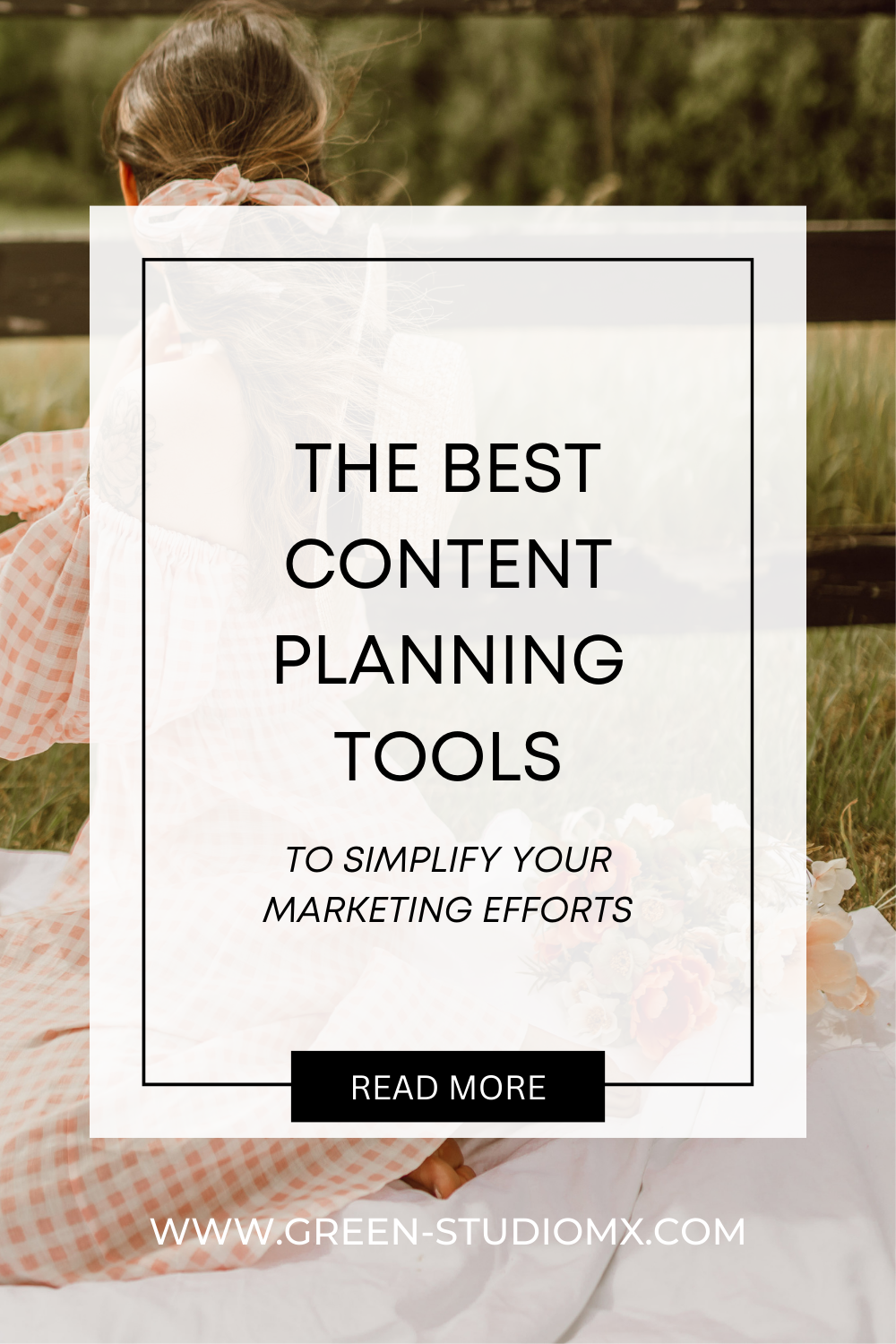
* AI Disclosure: This content may contain sections generated with AI with the purpose of providing you with condensed helpful and relevant content, however all personal opinions are 100% human made as well as the blog post structure, outline and key takeaways.
* Affiliate Disclosure: Some of the links on www.nataliamaganda.com may contain affiliate links meaning that I will get a commission for recommending products at no extra cost to you.

hello! i'm natalia
Latina, web design expert for mental health professionals.
I help ambitious life coaches, therapists and holistic leaders amplify their magic, gain visibility, and simplify their marketing efforts through strategic web design and content.
If you’re looking for an all-in-one system to manage your website, emails, funnels, and CRM, Go HighLevel (affiliate link) is the most powerful tool I’ve tested—and it’s built to grow with you.
On a tighter budget or just starting out? ThriveCart (affiliate link) offers a one-time payment option and easy checkout setups that still pack a punch for digital offers and automation. (Send me an email after your purchase and make sure to use my affiliate link)


